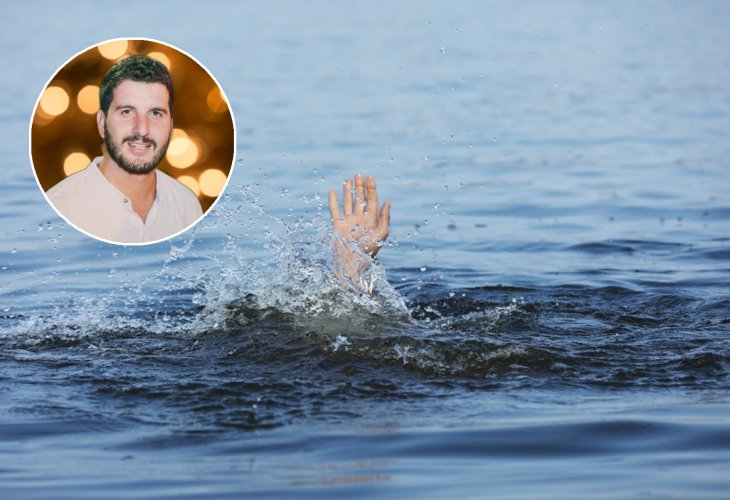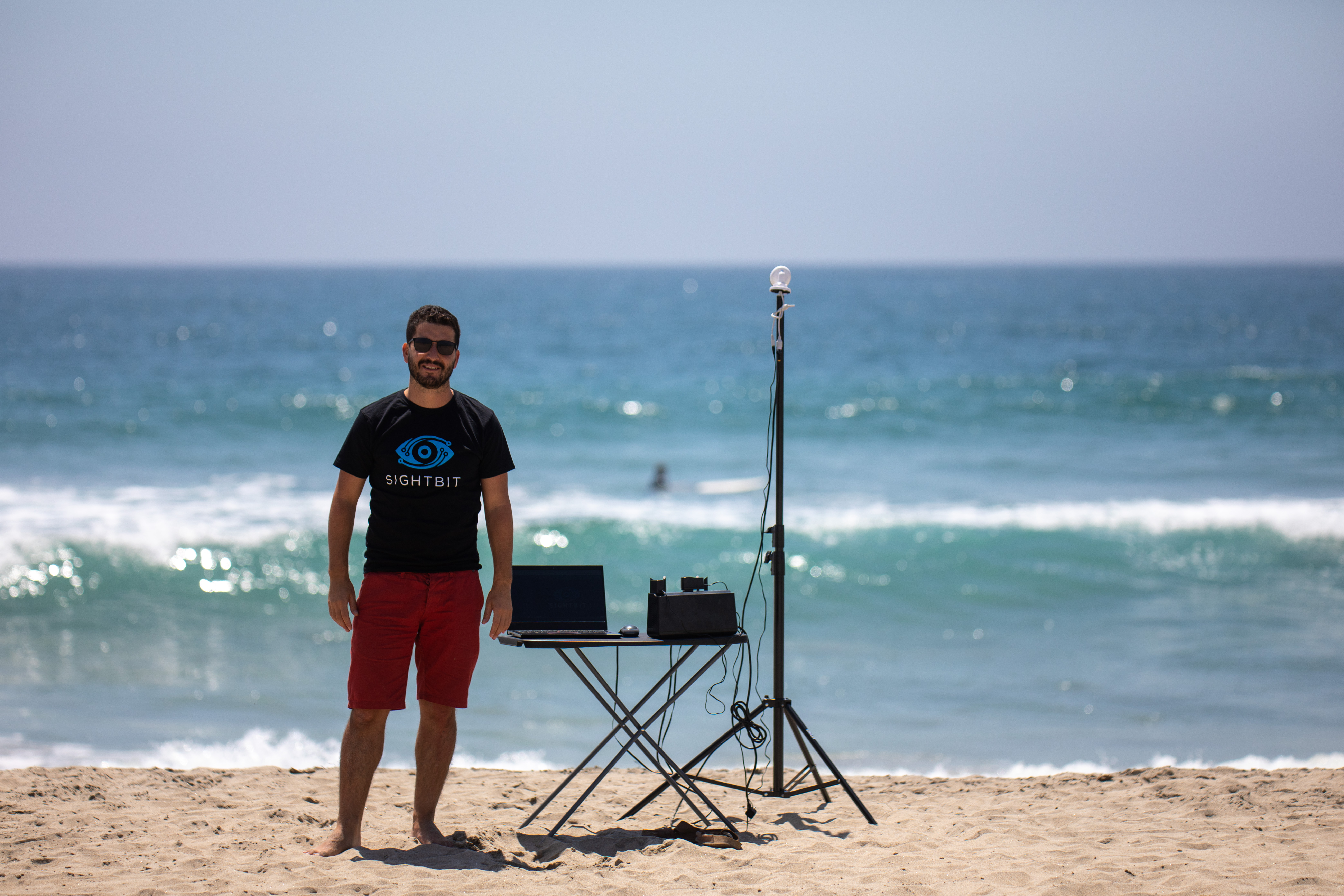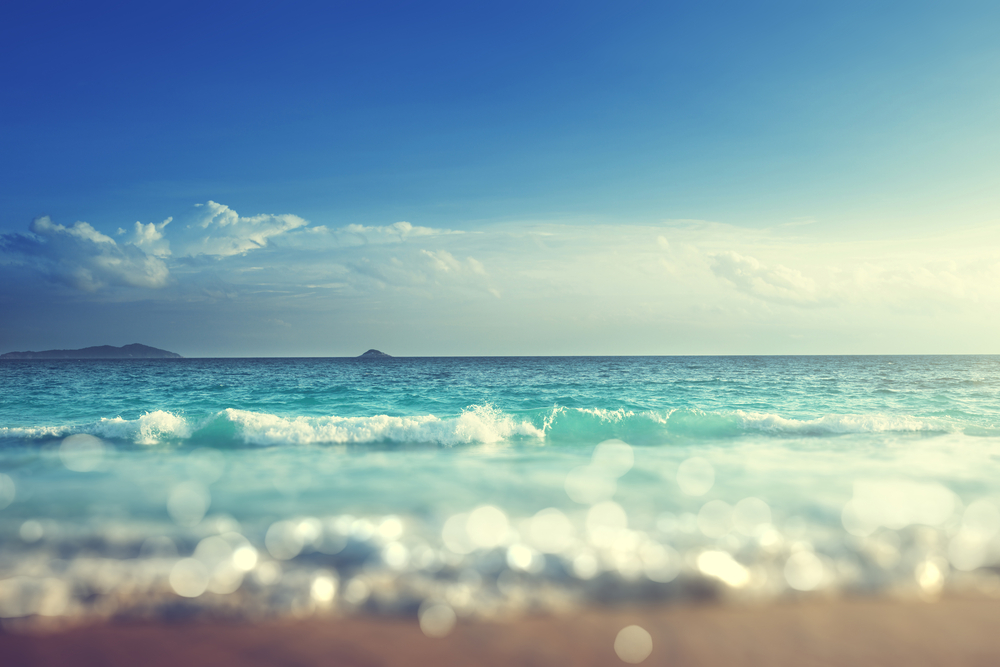"I Developed Drowning Prevention Technology After Experiencing a Severe Tragedy"
After witnessing a drowning incident at the Dead Sea where lifeguards were unable to save the victim, Adam Bismuth understood the urgent need for a technological solution to prevent drownings. Years of development led him to introduce an innovative and ingenious software designed to prevent drownings and save lives.
 In the circle: Adam Bismuth (background photo: shutterstock)
In the circle: Adam Bismuth (background photo: shutterstock)No one goes to the beach intending to drown; we all think "it won't happen to me," and even if we swim at an unrecognized beach, it's "just to soak our feet." However, the statistics are alarming, revealing dozens of annual drowning incidents resulting in fatalities on Israeli shores.
These hard-to-digest figures motivated Adam Bismuth, founder of 'SightBit,' to develop a unique Israeli project using advanced technologies to bolster the safety and well-being of swimmers, beyond what a lifeguard’s binoculars can offer.
Today, the project operates on numerous beaches across the country and internationally. Few know the project was born out of a tragedy Bismuth witnessed up close.
 (Photo: SightBit)
(Photo: SightBit)Technology Saving Lives
"This happened about five years ago," Bismuth recounts. "I was by chance at a Dead Sea beach when I witnessed a man around seventy drown. I cannot forget what happened on the beach. There were screams, people running, and a lifeguard trying but unable to help because it was already too late. The man drowned, and I still recall the screams and the feeling of helplessness."
At that time, Bismuth was managing a company promoting various startups, which led him to decide to work on drowning prevention solutions. "I kept thinking that the lifeguard I saw really couldn't save the drowning man because he was distant, on a nearby beach, and by the time he reached, it was too late. This is usually the case in most drowning incidents, as the window to act is very short, especially in crowded situations."
What do you propose?
"When brainstorming with my team, we quickly concluded that detecting an individual during drowning is too late, so our system must include an algorithm to identify potential sea hazards and thus 'predict' dangerous areas where individuals might be at risk of drowning. If they don't leave the area, something could happen to them.
"After years of observations at different lifeguard lookout points and working on the algorithm, we launched an advanced system utilizing artificial intelligence and image processing technology to prevent the next drowning case. The system monitors and develops real-time data from the beach environment, assisting rescue services by providing a comprehensive overview of potential risks to beachgoers. The system indicates swimmers' locations on a computer screen, alerts lifeguards to potential drowning risks when swimmers enter dangerous areas, and reports changes in sea conditions such as unexpected waves and currents. It even signals dangerous movements, like children jumping into the water without an adult."
And what about unrecognized beaches? How can we protect swimmers there?
"Ideally, swimming at beaches without rescue services should be avoided. However, since we know 90% of drownings occur at such beaches, or recognized beaches after rescue stations close, we've designed the system to send drowning alerts to lifeguards from neighboring beaches. This allows them to extend their control area and reach incidents up to a kilometer away. Let me emphasize, this doesn't recommend swimming at unrecognized beaches, but is aimed solely at reducing drownings and saving lives."
 (Photo: shutterstock)
(Photo: shutterstock)Technology Emerges from Be'er Sheva
Bismuth notes that the system now exists at many bathing beaches across the country as well as in different water reservoirs. "We don't have data on how many drownings we've prevented, and we'll never know how many disasters were averted at the last moment," he says, "but when I sit with lifeguards and hear their relief, I understand just how necessary this development has been. Many lifeguards told me that for years they've felt their work relied on primitive methods, without technological tools to assist, and now they can respond much faster. Incidentally, our development reached last year to US and European beaches, where drowning is also a significant issue, and the reports there are equally enthusiastic about preventing disasters.
"Personally, it's exciting to think this all began with an Israeli development that emerged from the south," he adds, "since our location is in Be'er Sheva. It's quite remarkable that technology for drowning detection has originated from the dry Negev area, where water is scarce."

